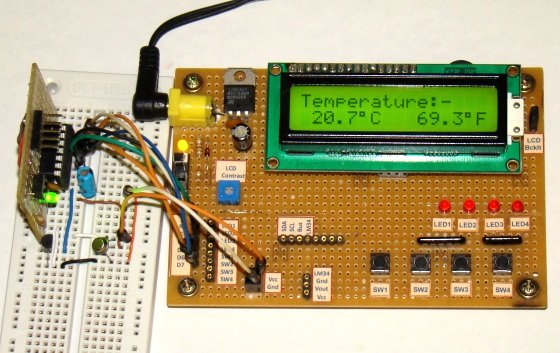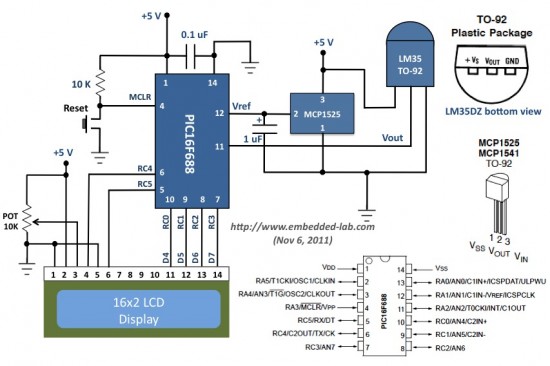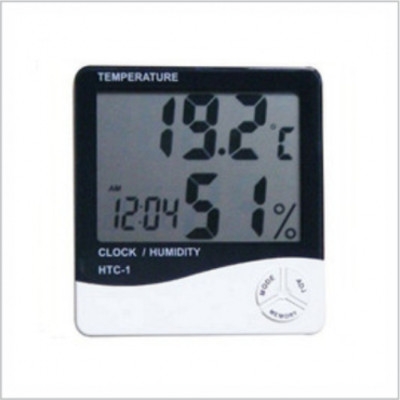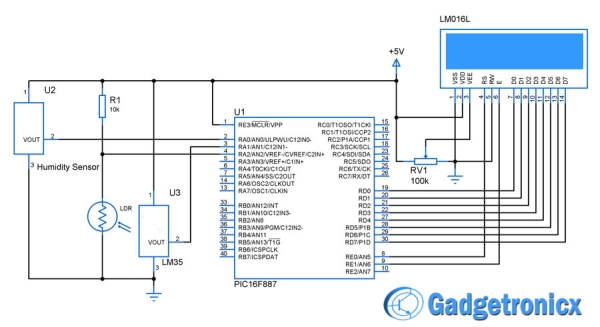Page Contents
- 1 Block Diagram of the interfacing of Prepaid Energy Meter with GSM Modem
- 2 Components detail about the Interfacing of Prepaid Energy Meter with GSM Modem
- 3 Working Principle Prepaid Energy Meter with GSM Modem
- 4 Applications and Advantages of the Interfacing of Prepaid Energy Meter with GSM Mode
Block Diagram of the interfacing of Prepaid Energy Meter with GSM Modem
Figure 1 Block diagram of the interfacing of prepaid energy meter with GSM modem
![Prepaid-energy-meter-using-gsm-and-pic-microcontroller]()
Components detail about the Interfacing of Prepaid Energy Meter with GSM Modem
The interfacing of prepaid energy meter with GSM modem system has following components list and working.
Transformer: For connecting, the interfacing of prepaid energy meter with GSM modem system to the wapda power supply a step-down transformer is required for step down the 220 V ac into 12 V ac. The transformer works on the principle of mutual induction and consists of two windings, primary and secondary.
Bridge Rectifier: The interfacing of prepaid energy meter with GSM modem system consists of electronics components, which are dc operated components therefore, a bridge rectifier is required which converts the ac voltages into dc voltages. This is connected at of transformer output.
Voltage Regulator:This interfacing of prepaid energy meter with GSM modem system consists of microcontroller LDC display, GSM modem and max 232, which are operated at 5 V dc. For supplying the 5 V dc a voltage regulator is used in this system at output of bridge rectifier. LM 7805 voltage regulator is used in this system.
LCD Display: In this interfacing of prepaid energy meter with GSM modem system the LCD display is used for displaying the energy meter reading, consumer billing and the data which is sends by the consumer or supply company.
Microcontroller Pic 18F452:In this interfacing of prepaid energy meter with GSM modem system the Pic 18F452 microcontroller has been used here for the intelligent control of this system. The microcontroller consists of 40 pins and is interfaced with LCD display and GSM modem. This controller is programed in c language through the micko c software. It collects the data or message, which is sends by the consumer mobile phone or supply company from GSM modem through the max232 and works accordingly to this data or message. It also collects the energy meter reading and display this on-LCD display.
Energy Meter:There are two types of energy meters are available in market one is the conventional energy meter, which works on the principle of mutual induction. This meter has rotating aluminum wheel that is called free wheel but this meter has so much energy losses. The second one is the electronics digital energy meter,which one is we are using here and is interfaced with the microcontroller. This meter has no moving parts and has low energy losses.
Max 232:This is 16-pins integrated circuit IC which is powered up by 5 V dc supply. In this interfacing of prepaid energy meter with GSM modem system, this IC is only used for communication purposes between the microcontroller and GSM modem. This is dual channel IC, means it can receive or send the data or message to microcontroller. This is basically the serial communication IC.
GSM Modem: The GSM modem is wireless base modem, which accepts the sim card and works on the principle of user mobile phone subscription. In the interfacing of prepaid energy meter with GSM modem system this is only used for communication purpose between the user mobile phone and this system.
Working Principle Prepaid Energy Meter with GSM Modem
The working of this interfacing of prepaid energy meter with GSM modem system would be explain by connecting the lamp as a load at the output side of the energy meter. First, when we would be switch on this system then this would be asking for modem initialization. For modem initialization, we would dial the modem no. from any mobile phone and send the message to the system. By doing this the system has registered the mobile no. After this the system tells us kindly swipe the card. For card swiping we use the press button and set the cost. The cost setting is basically the pulses setting of the energy meter. Let’s suppose we set the cost 20 rupees and say the cost of 1 pulse is 2 rupees then actually we have settled 10 pulses. Now we switch on the output load that we have connected a lamp. When the lamp is on then the microcontroller, which is interfaced with the energy meter, counts the pulses of the energy meter and wait till for 10 pulses. When the 10 pulses have gone, then the microcontroller switch off the output load and sends the message to the user mobile phone through the GSM modem, that your balance has expired kindly recharge your card. This system also sends the reminder or warn message to the user mobile before the balance expired.
Read More Information….
Prepaid Energy Meter with GSM Modem using pic microcontroller











































 for on-board inductance, capacitance, and resistance measurements and PCB testing. The ST-5S tweezers are a valuable solution for quickly testing and identifying surface mount devices, as well as for troubleshooting complex electronic PCBs. Its unique mechanical and electronic design combines a pair of precise gold-plated tweezers and a digital LCR meter in compact, lightweight, battery-powered instrument. Smart Tweezers
for on-board inductance, capacitance, and resistance measurements and PCB testing. The ST-5S tweezers are a valuable solution for quickly testing and identifying surface mount devices, as well as for troubleshooting complex electronic PCBs. Its unique mechanical and electronic design combines a pair of precise gold-plated tweezers and a digital LCR meter in compact, lightweight, battery-powered instrument. Smart Tweezers
